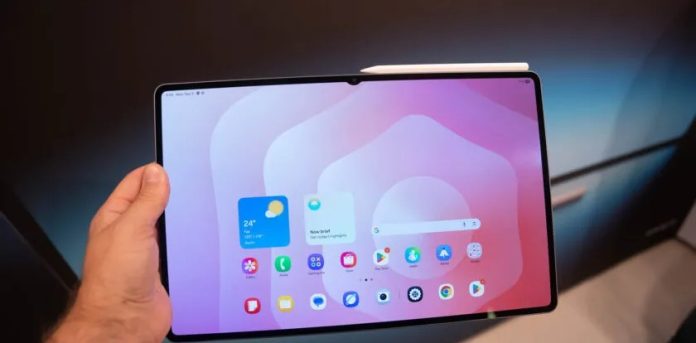Google’s Pixel devices are known for their deep integration with the company’s apps and services. But sometimes, Google quietly gives other device makers exclusive perks — and Samsung just got one that Pixel users might envy.
Select Samsung tablets now have a special Chrome feature that lets you browse your open tabs right from the app list, something no Pixel device can currently do.
Unlike Pixels, Samsung’s Galaxy lineup comes preloaded with both Google Chrome and Samsung Internet. The latter is a Chromium-based browser filled with customization options and powerful tools. Combined with Samsung’s One UI, it offers a seamless experience for anyone rooted in the Galaxy ecosystem.
A great example is how Samsung Internet works with Samsung Finder, the universal search tool built into One UI Home. Finder can pull up results from your browsing history, so when you search in the launcher, you’ll see visited websites alongside apps and contacts. It helps make browsing feel like an integrated part of the entire system.
Chrome, on the other hand, doesn’t tie into device search on Pixels or Galaxy phones. It operates as a standalone browser, without that deeper launcher integration. To close this gap on Samsung devices, Google added something new for Galaxy tablet users — a feature that bridges Chrome and One UI Home for tab sharing.
The feature, found on some Samsung tablets, lets Chrome “share titles and URLs of open tabs from this device with the operating system.” You can find it by heading to Settings → Advanced → Tabs and tab groups in Chrome. Once turned on, Chrome will share tabs you’ve opened in the past seven days with One UI, so they pop up directly in the launcher’s search results.
Officially, Google lists the Galaxy Tab S10 series as the only devices supporting this feature. However, it also works on the newly released Galaxy Tab S11 series, which we verified through testing. Looking at Chrome’s source code, there are only two requirements: the device must be a tablet, and it must tell Chrome that it supports something called “Auxiliary Search,” the feature’s internal codename.
It’s still unclear why this is limited to Samsung’s high-end tablets — or why Google hasn’t rolled it out to its own Pixel Tablet. Most likely, Google built it to give Samsung’s Chrome users a more consistent experience compared to Samsung Internet’s system-level integration. Whatever the reason, Samsung’s Galaxy Tab S10 and S11 now enjoy a Chrome feature that even Google’s own devices don’t have.





